Today we have the pleasure of sitting down with Denis Kucherenko, a remarkably versatile tattoo artist whose unique fusion of illustrative, cartoon, and new school styles will leave you jaw dropped.
Originally from Russia, Denis is now rising to international prominence thanks to his unmistakable style, where tattoos burst with color, character, and creativity.
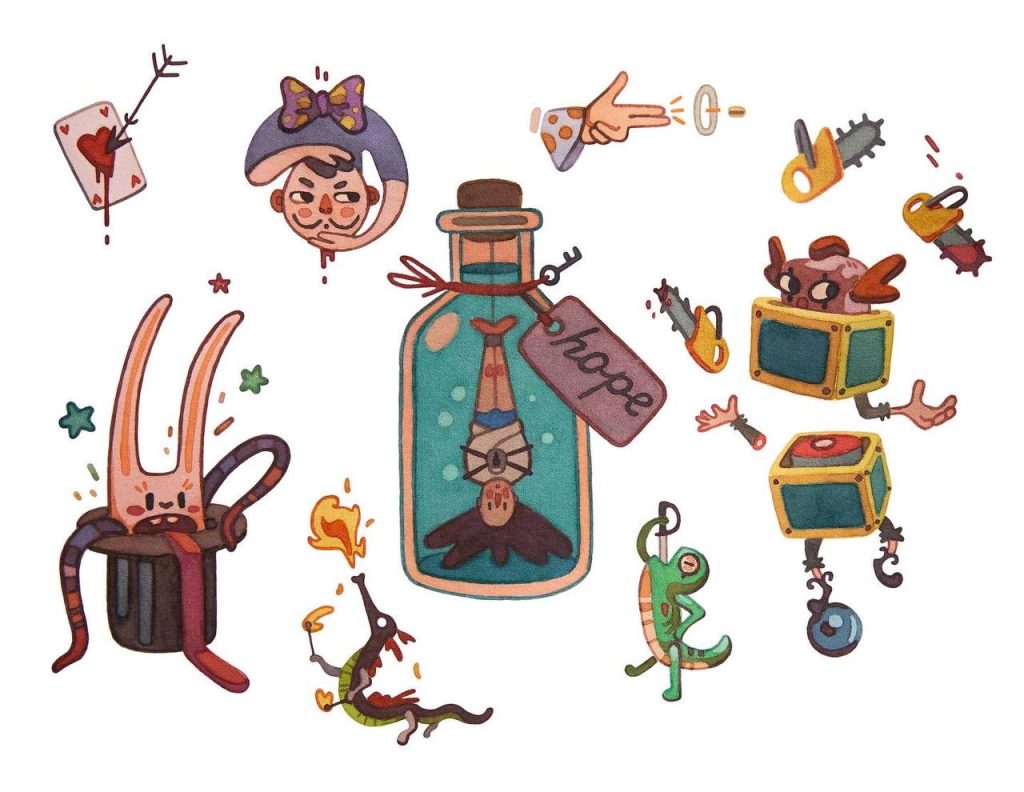
Whether he’s channeling the charm of children’s book illustrations, the magic of Disney animations, or the elegance of classical drawing, Denis always brings characters to life in an unmistakably original way.
With a solid mastery of color theory, shading, and line work, Denis can switch effortlessly from 3D illustration to botanical pieces, from Japanese art influences to bold anime tattoos. His work isn’t just technically impressive, it’s emotionally engaging and visually unforgettable.
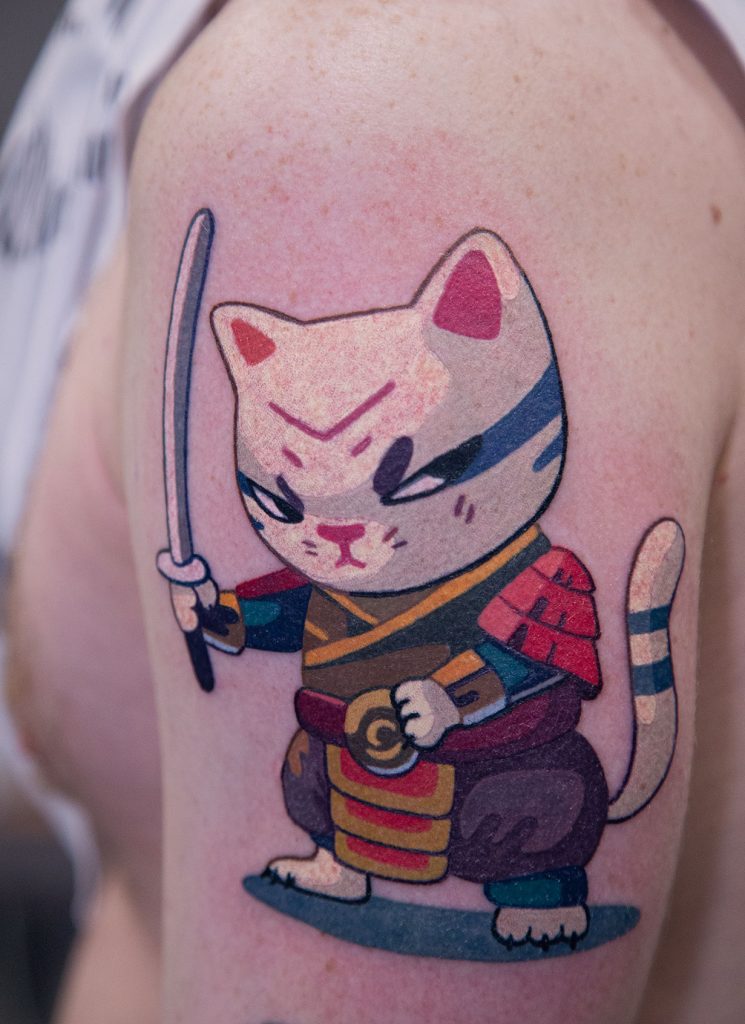
But Denis’s range doesn’t stop there. He’s equally skilled in black & grey tattoos, using fineline, dotwork, and realism techniques to craft striking, timeless pieces. Still, it’s in the world of colorful illustrative tattoos where his creative voice truly shines, capturing the spirit of every character with remarkable precision and flair.
If you haven’t already, take a moment to follow his work on Instagram @den_is_tattoo.
Let’s get to know Denis, his journey into the world of tattoos, his artistic influences, and what inspires his ever-evolving body of work.
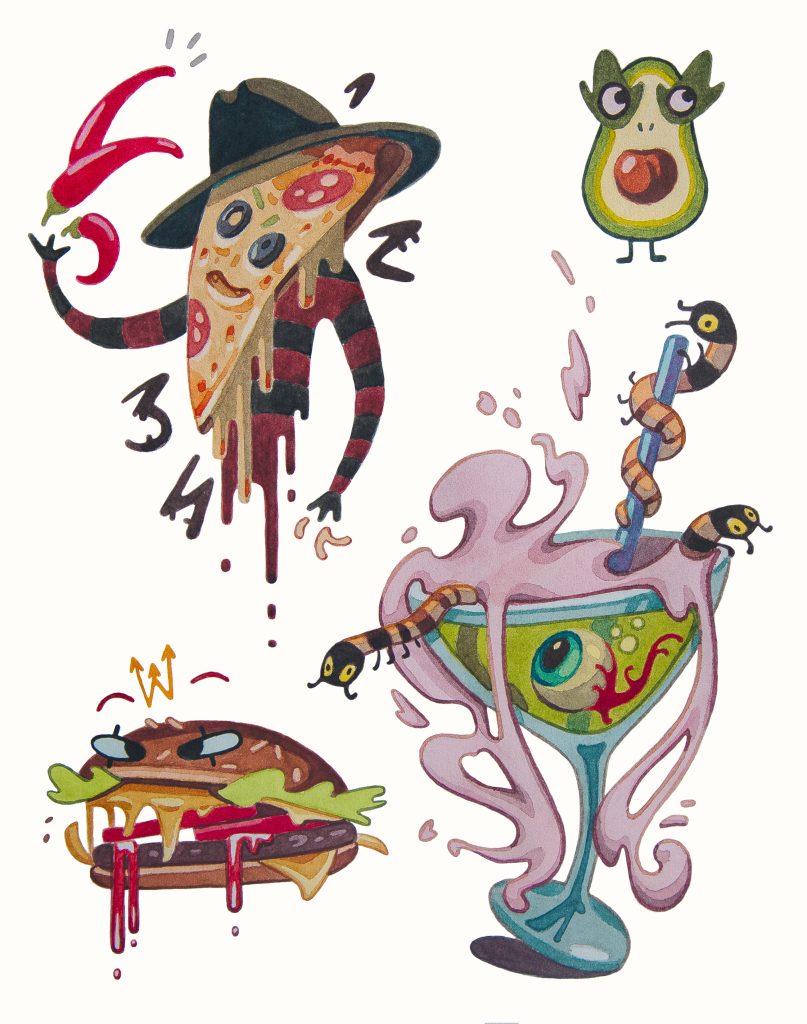
- Hi Denis! Can you start by telling us how you first discovered your passion for tattoos and illustration?
I first encountered tattooing back in 2000, when I was a design college student. It was a very intimate form of visual art, and I thought tattoos were one of the most interesting directions. Naturally, my first clients were friends and acquaintances. Even then, I realized that this was a profession I truly wanted to pursue. Later on, I started exploring different styles and discovered cartoon and new school styles.
- What was the journey like from your early drawing days to becoming a professional tattoo artist?
The first tattoos I did were from catalogs and magazines. At that time, the choices were limited, mostly black tribal patterns and ornaments. Then I began mastering various styles—from realism to old school; I had to do almost all styles. Working in different studios, I had to do practically everything. Simultaneously, I started developing my own style, drawing inspiration from tattoo artists as well as illustrators and painters. Despite working in all styles, I never forgot about my own style and continue to refine it to this day.
- You work across many styles, but what is your favorite?
Yes, I work in graphic realism. Recently, I’ve become fond of classic old school because of its simplicity and clarity. But my favorite is definitely my own style—original, author-designed projects.
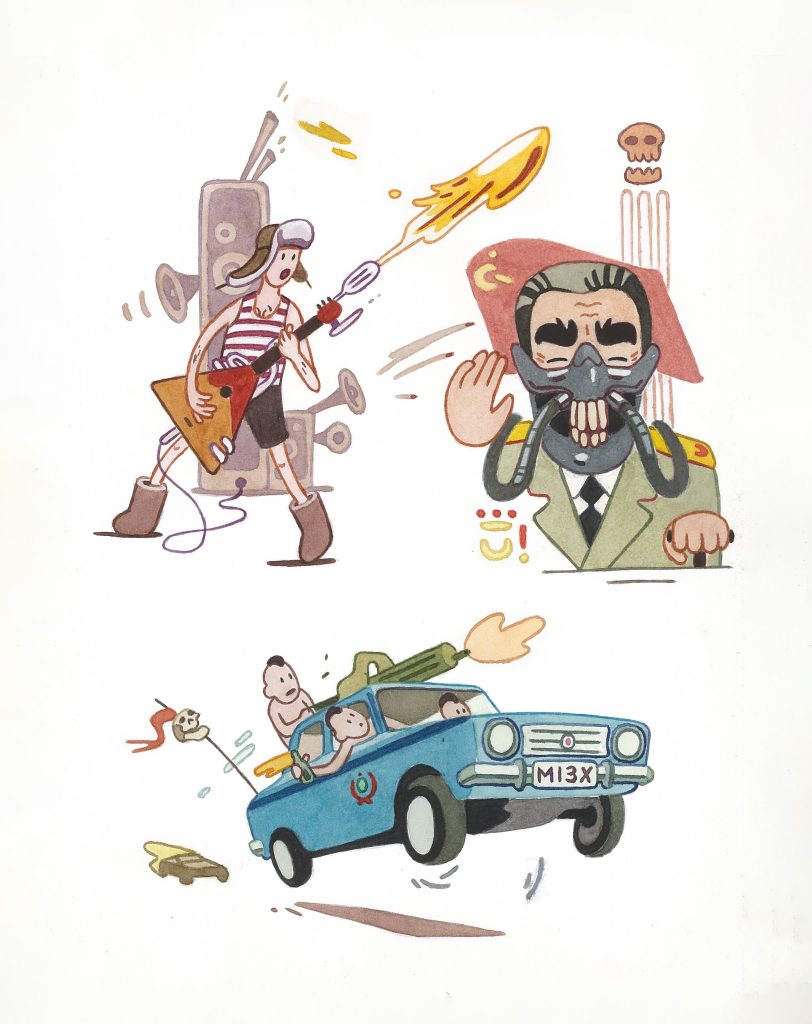
- Your colorful illustrative pieces are truly unique. What are some of your biggest inspirations when creating these?
Throughout different stages of my development as a tattoo artist, I drew inspiration from various sources. In the very beginning, I was interested in the works of new school artists. Later, I found inspiration in the works of illustrators, and at some point, I realized that to develop my unique style, I needed to look beyond tattoo artists—attend exhibitions, read comics, watch cartoons. Also, a lot of ideas came from pop culture of the 80s, Japanese culture, and Russian street culture.
- How do cartoons, children’s books, or classical drawing influence your style today?
Recently, my main sources of inspiration are cartoons like Rick and Morty, Gravity Falls, and many others—including Japanese anime. I also recently started creating my own animation stylized according to my style. In my opinion, cartoons—especially for adult audiences—are a treasure trove for inspiration.
- Do you usually draw your designs from scratch, or do clients bring you specific characters or scenes?
Typically, we develop a unique character for each client. The process begins with an interview to understand what’s important for the client to include in the character. Of course, I also use interesting ideas and concepts. Usually, clients trust me with the design. Sometimes I just draw sketches on various themes—like action movies from the 90s or animals and universe—and clients choose what they like best. For example, right now I’m working on a set of sketches based on 90s action movies as well as themes of animals and the universe—I hope each sketch finds its owner.
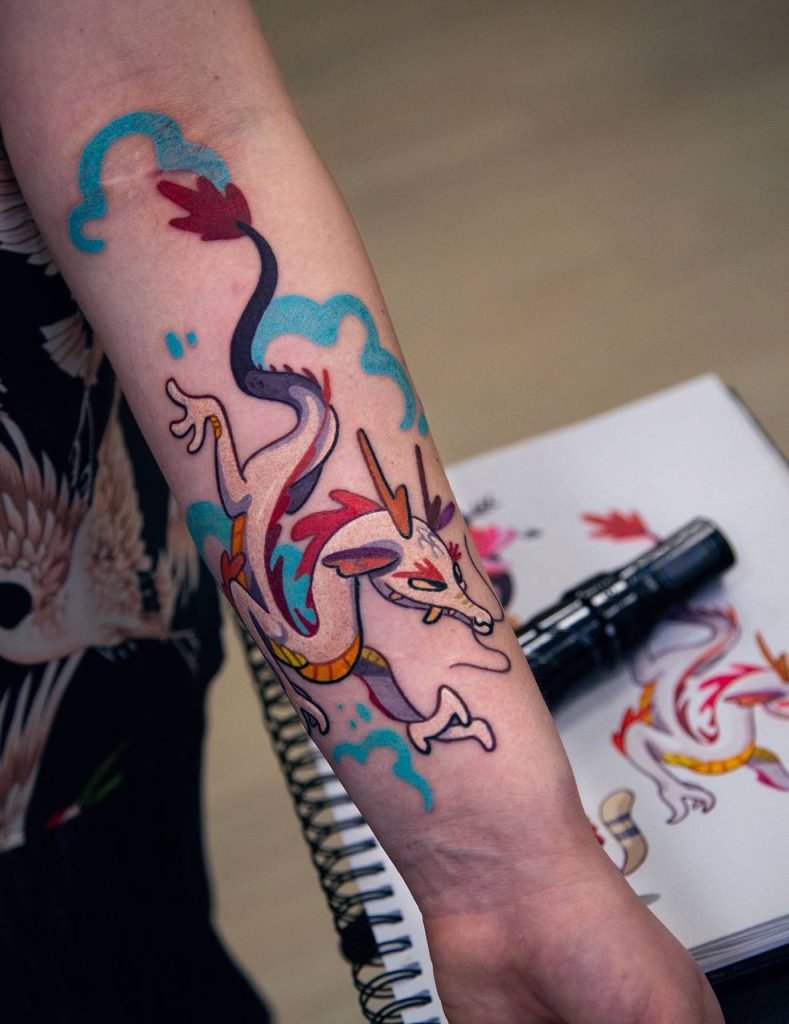
- Your ability to capture the essence of a character is incredible. What’s your process when translating animated or illustrated figures into tattoos?
At the start of sketch development, I focus on finding ideas and establishing logical connections between details. To do this effectively, sometimes I immerse myself deeply into the topic: reading information, watching numerous drawings and films. Then I gather a large number of references. To build accurate poses or expressions, sometimes I have to step into the role myself—playing as the character or even using myself or close ones (including children) as models if needed.
- Is there a particular tattoo style or technique that you’d love to explore more deeply in the future?
The style I’d like to learn more about is definitely cartooning—delving deeper into it. As for technique, I plan to return to using coil machines because they seem better suited for my style. Plus, I believe coil machines have a certain charm and soul—along with power and precision.
- Among your portfolio, is there one tattoo you’re especially proud of? What makes it meaningful to you?
No; for me each new tattoo is a discovery—a new achievement—and honestly every new tattoo feels like the best one so far.
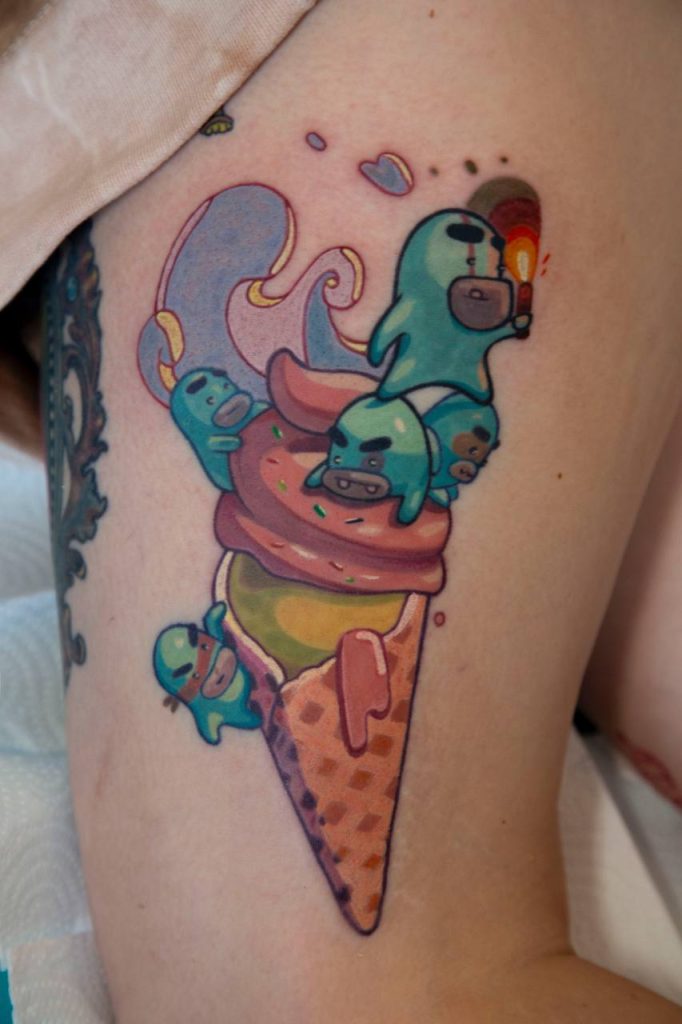
- Can you tell us about a funny or unexpected story that happened while working with a client?
Recently, there was an interesting sketch: a surfer frog standing on a well-known fish-shaped drop (a drop-shaped fish). The funny thing is that this fish-shaped drop was modeled after his wife; he brought her photo as a prototype. She only found out about it later when she saw the tattoo.
- Have you ever had a tattoo project that didn’t go quite as planned? How did you adapt?
I honestly don’t remember any specific cases like that; however, my style tends to forgive mistakes in anatomy or composition somewhat—errors can often be incorporated into the design creatively.
- Are there any artists, tattooers or otherwise, that have particularly inspired you along the way?
One of my idols is Dmitriy Samohin—the artist who did tattoos on me personally. During his work on me, I learned techniques from him; huge thanks to him for that. As for other artists—there’s no single one whom I can highlight—I take bits from everyone and adapt them into my own style.
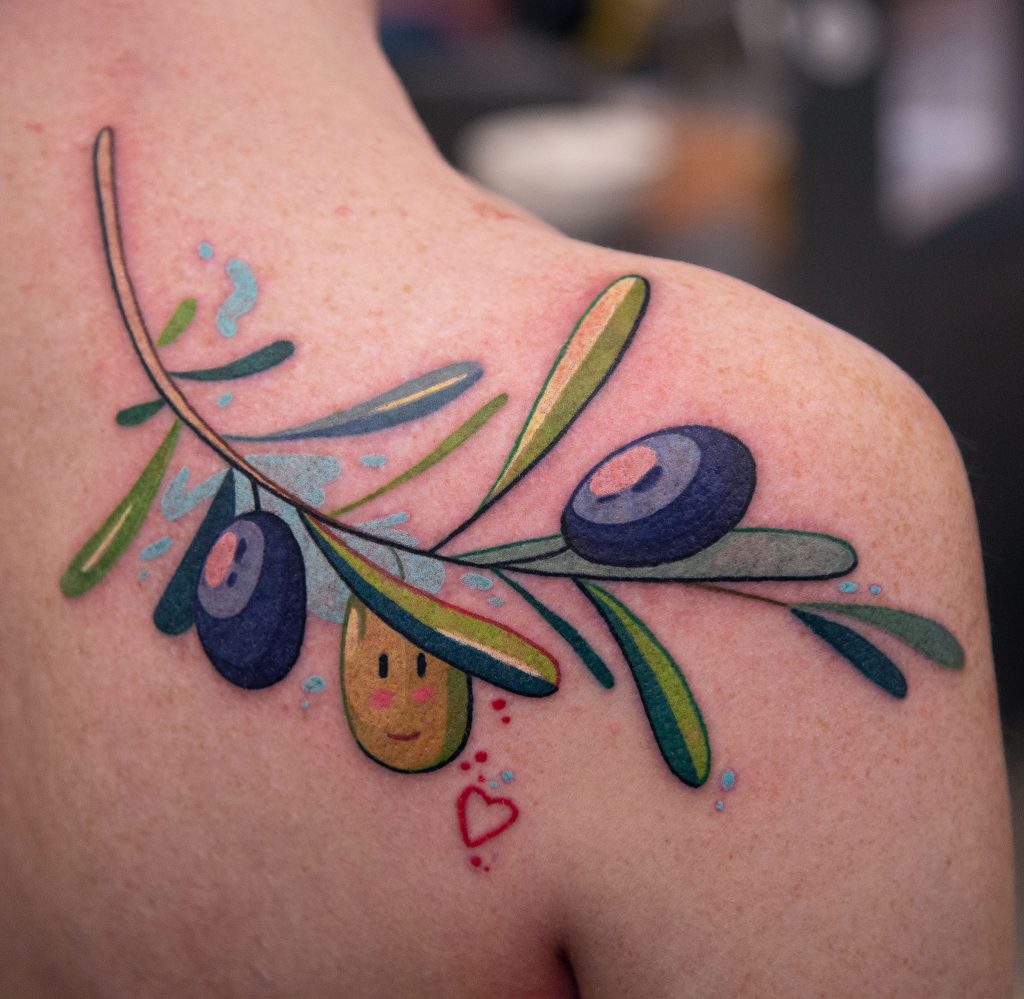
- Outside of tattooing, do you work on other artistic projects or illustrations?
Yes; recently I’ve started working on animations. I’m creating my own mini-series about tattooing called “MAGIC INK.” It’s an animated cartoon themed around tattoos—a project aimed at promoting tattoo art along with my style and brand.
- What advice would you give to young artists who want to pursue tattooing as a career?
My advice is simply: do what you love. Of course, early in your career you’ll need to experiment with different styles and adapt to clients’ requests. Also, it’s important to draw inspiration not only from tattoo artists but also from painters and art in general.
- Finally, for anyone who wants to get a tattoo from you, what’s the best way to reach out?
I always respond to messages on Instagram—feel free to write there!
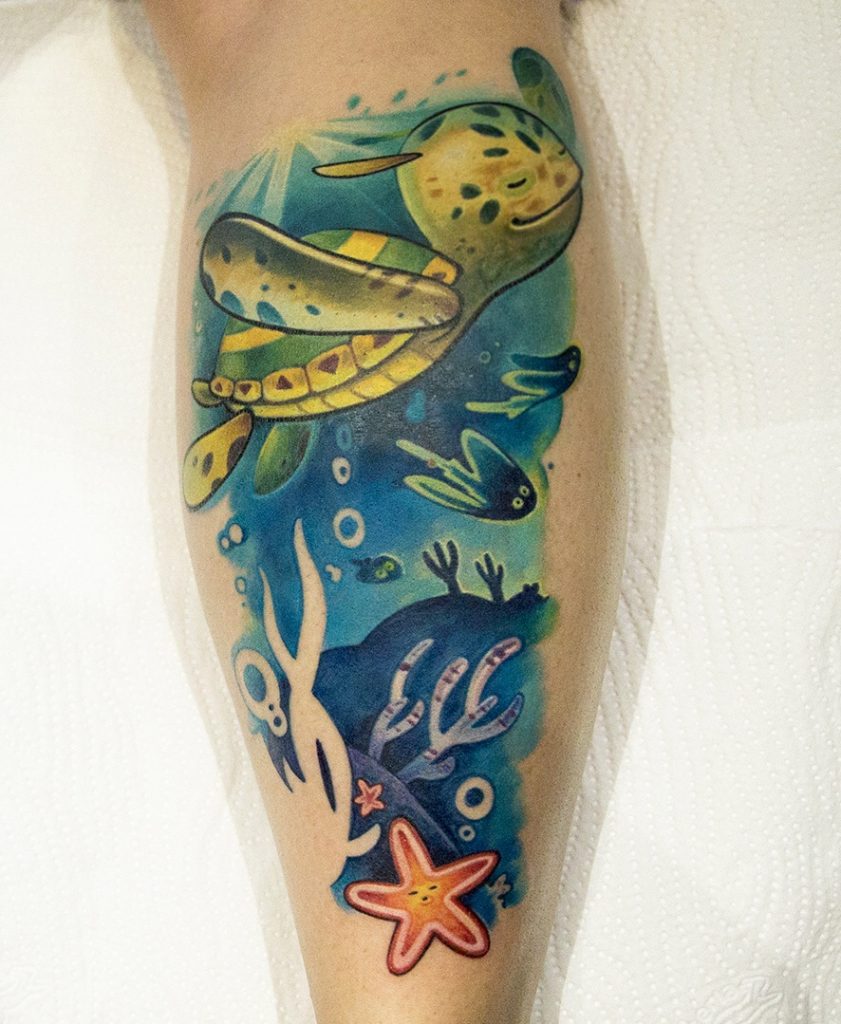
Thank you, Denis, for giving us a peek into your world of imagination, technique, and tattoo artistry.
Your ability to merge storytelling, illustration, and emotion into each tattoo is truly inspiring and we can’t wait to see how your style continues to evolve.
To follow Denis’s latest work, check out his instagram @den_is_tattoo.
Who would you like to see featured next?
Let us know your favorite artists by dropping a message to [email protected]. Thanks for joining us on this colorful journey!


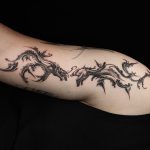
No Comment! Be the first one.